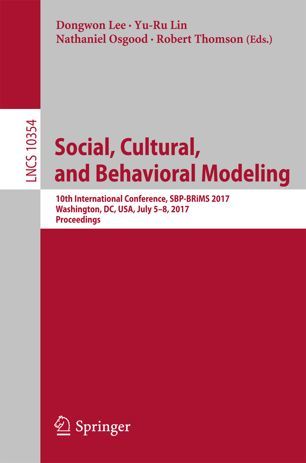
Spread of Pathogens in the Patient Transfer Network of US Hospitals
Abstract
Antibiotic-resistant organisms, an increasing source of morbidity and mortality, have a natural reservoir in hospitals, and recent estimates suggest that almost 2 million people develop hospital-acquired infections each year in the US alone. We investigate the temporal network of transfers of Medicare patients across US hospitals over a 2-year period to learn about the possible role of hospital-to-hospital transfers of patients in the spread of infections. We analyze temporal, geographical, and topological properties of the transfer network and show that this network may serve as a substrate for the spread of infections. Finally, we study different strategies for the early detection of incipient epidemics on the temporal transfer network as a function of activation time of a subset of sensor hospitals. We find that using approximately 2% of hospitals as sensors, chosen based on their network in-degree, with an activation time of 7 days results in optimal performance for this early warning system, enabling the early detection of 80% of the C. difficile. cases with the hospitals in the sensor set activated for only a fraction of 40% of the time.
Citation:
J. Gracia, J. Onnela, M. Barnett, V.M. Eguíluz, and N. A. Christakis, “Spread of Pathogens in the Patient Transfer Network of US Hospitals,” Lecture Notes in Computer Science, in: Lee D., Lin YR., Osgood N., Thomson R. (eds) Social, Cultural, and Behavioral Modeling. SBP-BRiMS 2017. vol 10354 (Jun 2017) DOI: 10.1007/978-3-319-60240-0_33